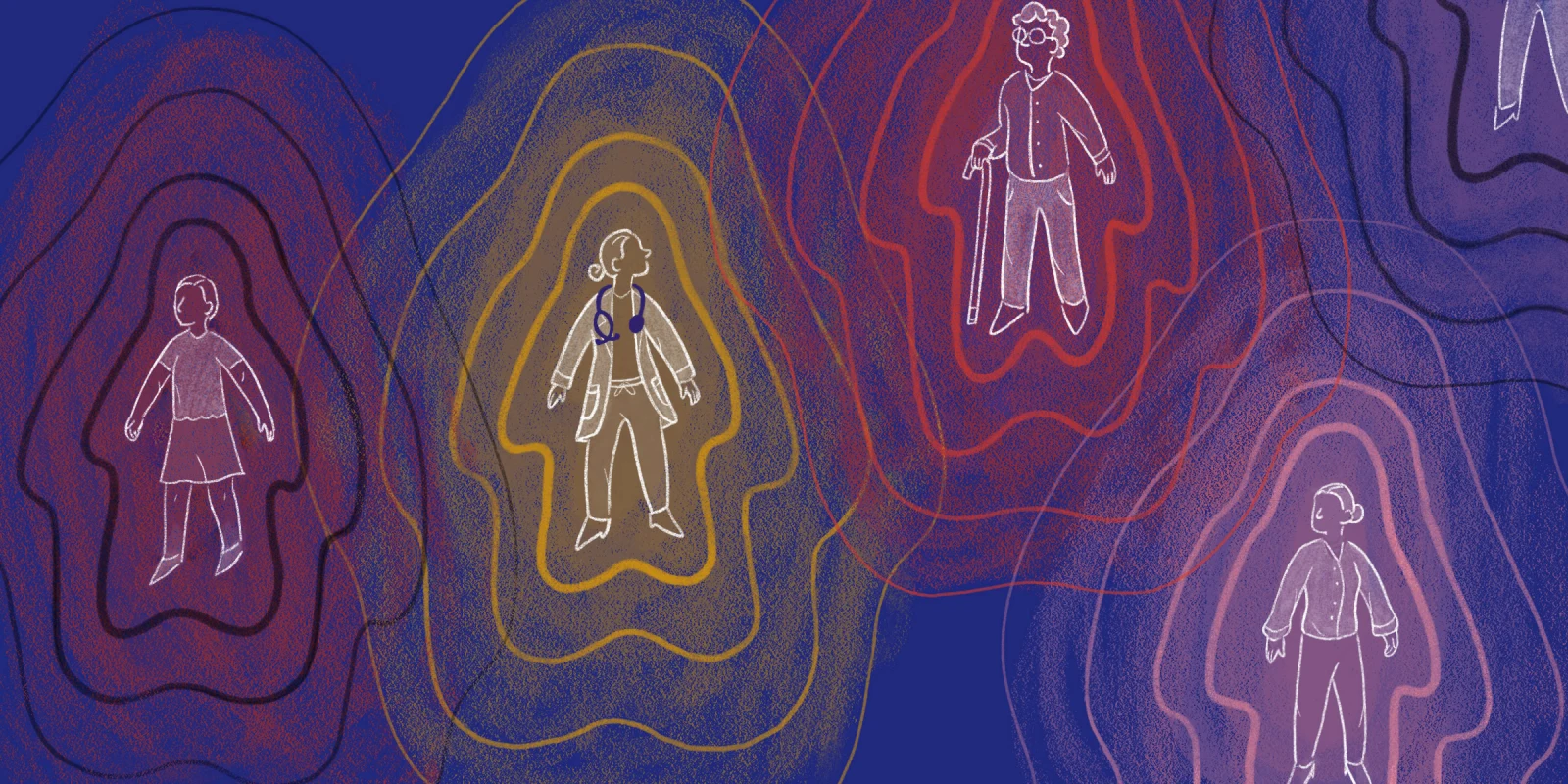I usually don’t expect patients to be enthusiastic about speaking with a medical student. When I introduce myself, I brace for the typical response: a polite smile followed by an eagerness to be seen by someone more senior — a resident or attending physician who can provide insight or care. But Mr. C was different. He told me, “You’re not corrupted yet. You’re still learning.”
Mr. C had been getting treatment at the community hospital on and off for 27 years. He had a history of recurrent deep vein thromboses starting the year I was born. They told him he was a “lifer” on warfarin. He had brief stints on other drugs, but still experienced recurrent pulmonary embolisms while on the medication. He came to the hospital this time with issues with a wound vac on his right leg and his fifth lifetime pulmonary embolism.
Twenty-seven years is a long time. It’s longer than I’ve been alive. I pointed that out to Mr. C. He laughed and thanked me for making him aware of how old he really was. I was curious about how he felt health care had changed during his time as a patient. “It’s gotten worse,” he replied, sharing his perception of a shift in the care delivered over the decades. Once, he had encountered bright-eyed students and residents who brought hope. Now, he felt something had eroded that comfort, especially based on his experience in recent hospitalizations.
A week before we met, Mr. C had sought care for recurrent pain and swelling in his leg, which had persisted despite multiple outpatient visits. Each time, he was reassured there was no infection, until he was finally admitted to the hospital. His description of a particularly negative interaction with a physician left a deep impression on me. This physician had dressed Mr. C's wound, but his pain was dismissed, and the residents at his side stood by, powerless to intervene. His pain was ignored and invalidated, and he felt unsupported and beaten down. He said the experience was more traumatic than the death of both of his parents. He didn’t tell me he was afraid, but I could sense by his words that he had felt true fear in that moment. A room full of people whose job was to take care of him, but he felt alone. He wasn’t coding or experiencing a life-threatening bleed, but he was afraid for his life.
To Mr. C, the two definitions of “care” are extremely distinct. There’s the care that’s our job — reading about our patients, examining them, and treating them based on the standard of care. It’s what we go to school for years to learn how to do. We come to the hospital everyday, care for our patients, and go home to prepare to do it all over again the next day. But Mr. C asked me, “Do you really care?” Do we genuinely care about our patients and about the way they feel? Do we care about the way we’ve made them feel? “Are you healing ... or are you just sustaining?” he asked. I didn’t know what to say.
Mr. C’s words stayed with me for a long time, even after my rotation at the hospital had ended and Mr. C had been discharged. I also fear that his experiences were not unique. Patients and physicians typically want the same end goal — proper treatment and good health; in situations like these, where did we go wrong?
Mr. C made me realize how important it is for us to not only do our jobs with the best intentions but ensure that our intentions are communicated to our patients. When I think of him, I’m reminded that every interaction matters and that our role as healers is not just to treat but to truly care for those who entrust us with their lives. I told him I hoped he would never have to make it to 28 years as a patient at the community hospital. But if he did, I promised I’d do my best to do right by him. He squeezed my hand and said, “Stay golden. You’re already golden all over. Just stay that way.”
Laura Wang is a fourth-year medical student at UT Southwestern in Dallas, TX.
All names and identifying information have been modified to protect patient privacy.
Illustration by Diana Connolly







